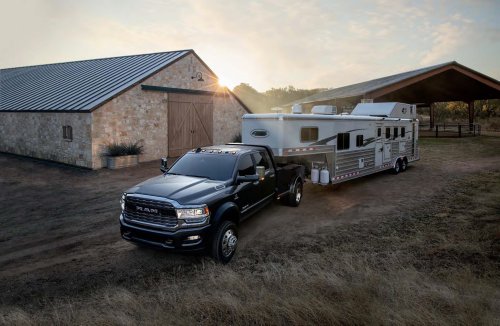

When using the simplified hardware emulation, as suggested, most parts will be quite short. BIOS consists of a few abstract calls to read/write devices - mostly console and disk. The default way to write a BIOS is to take the Skeletal CBIOS listing from Appendix A of the manual. Back in the days an approach based on a sufficient Boot-ROM was preferred as it not only helps a lot bringing up the system, but encapsulates much hardware related issues. It may be based on the Boot-ROM functions, or be complete self contained - the later mandatory if the Boot-ROM is a very minimal version. That value may need to be adapted when you're done generating a system. All depending on the amount of space your BIOS needs.
#Goodway ram 4 parts list code
The whole purpose of that code is to load the CP/M code starting at track 0 sector 1 to whatever the load address for CP/M will be on your 'system' usually some higher up value like 0E000h. Starting at track 0 sector 1 There were machines like that, then again, for an open system it's better to pack the CP/M specific code in sector 0 track 0, which is reserved by CP/M for the Cold Start Loader. Well, this step is kind of optional, as the boot ROM could already contain dedicated code to load CP/M. I do not expect your boot ROM being larger than 2 KiB. This also enables some checks to see if the disk is bootable - having the system crash or do crap when a different media is 'inserted' is a real bad idea.Ġ800h may be a good default address to load the first sector to. Personally I'd go with a boot sector, as CP/M reserves the first sector for it. there#s no way, except by reset, to map it in again.įor it's boot function it depends if there is a boot sector, or if the ROM is directly made to boot CP/M. The last one is imperative as CP/M (and next to any other Program) do love to change the vectors :)) Usually a one way feature, i.e. offers a function to map itself out of memory.Such a monitor ROM is a great way to feel your new system exactly the way it was back then - also the best debugging aid possible, as it can not be killed by software. Optional it offers an interface for boot code to functions it already contains, like a format function would come handy which fills the mounted 'media'with a default pattern.load a memory section from mass storage.Usually it's a great idea to have some minimum monitor program within the Boot-ROM offering functions like Load a / the first block from a mounted media.(Maybe offer some minimum monitor program).The boot ROM needs to do basic system initialization.If at all, I mean, the whole purpose of CP/M is to provide an abstract layer ultimately hiding all hardware.

Get the system working first, add bells and whistles later.

If you really intend to add more hardware emulation postpone it to later. Such a simplified hardware interface does not only ease emulation development, but simplifies Boot-ROM as well as BIOS code to the extreme. It can be as simple as a set of I/O 'registers' to store address/drive/track/sector/count numbers and a command 'register' which when written let the emulation do whatever is requested (read/write/verify) and return. After all, a virtual device does not need to emulate all quirks of real hardware. one flag telling whenever port#1 has a character (from keyboard) availableĪ (virtual) mass storage controller may be as easy as the terminal connection.one flag marking whenever port#1 is able to accept a character.port#2 delivers when read (at minimum) two flags.offers every character typed in that window to your (virtual) computer.forwards each character written to to some (terminal) window.simply a pair of ports for communication, acting like a pipe, build as.
#Goodway ram 4 parts list serial


 0 kommentar(er)
0 kommentar(er)
